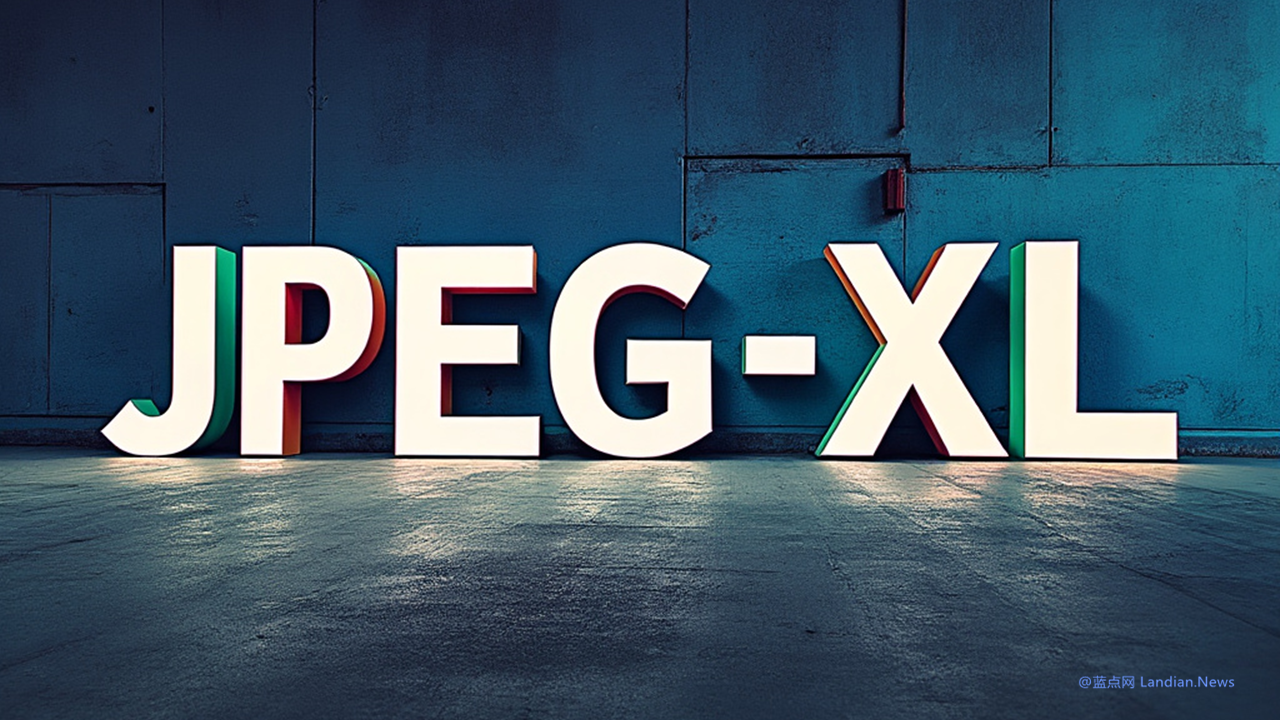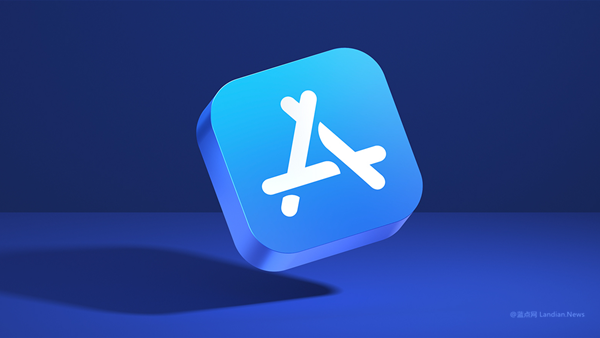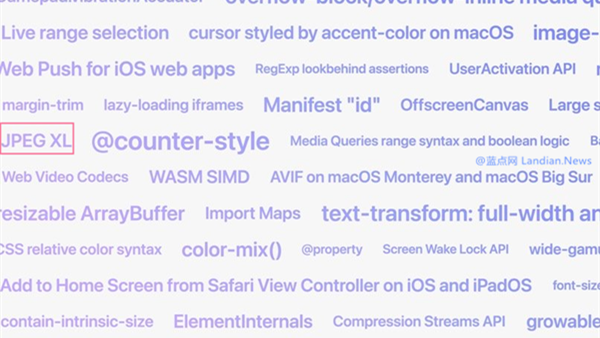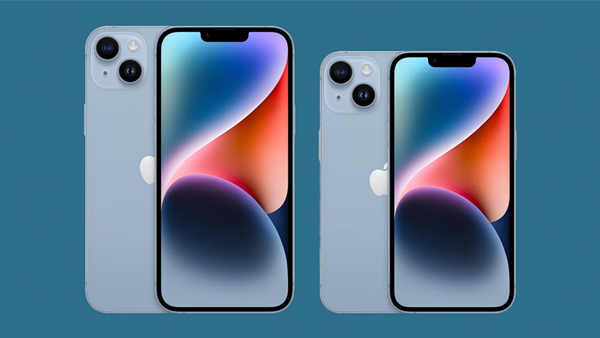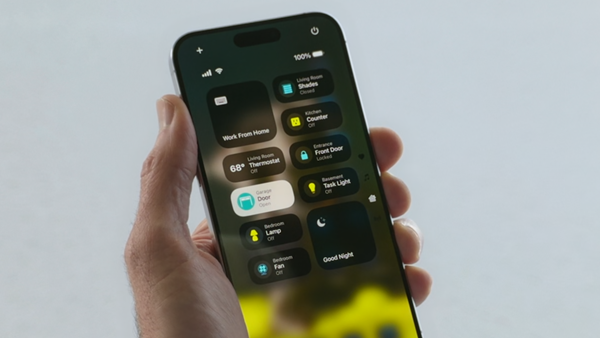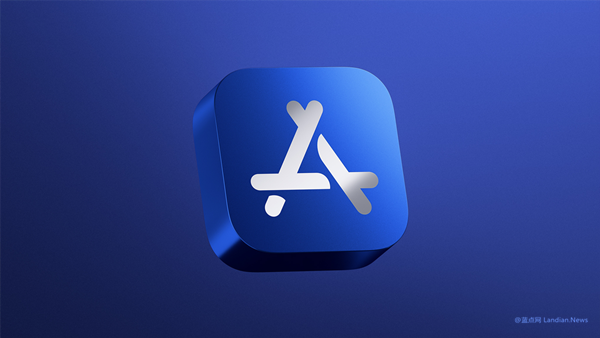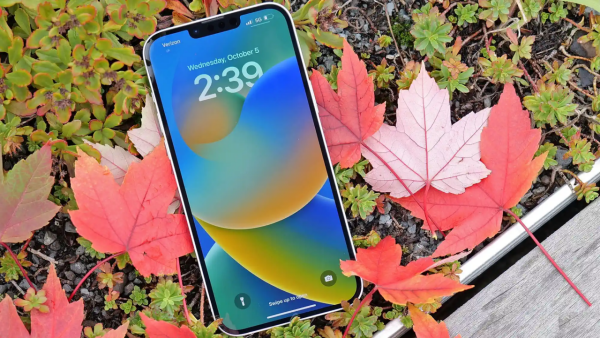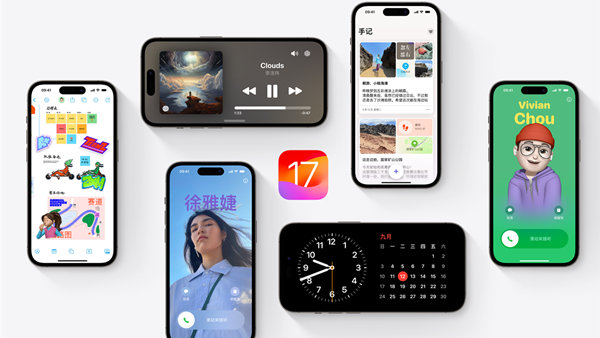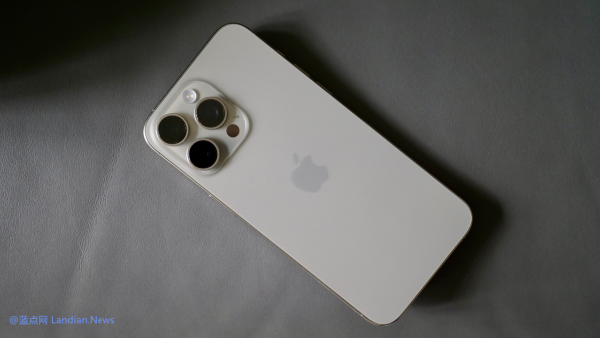iPhone 16 Series Cameras to Support Saving Images in JPEG-XL Format for Smaller Sizes and Faster Rendering
Apple-centric third-party website Apple Insider recently announced that the iPhone 16 series cameras will feature a new specification allowing users to save pictures in the JPEG-XL format via camera settings. This format's main advantage lies in its higher compression rate, resulting in smaller image sizes and quicker rendering speeds.
Currently, iPhone cameras support saving images in several formats, including HEIF (with a .HEIC suffix, based on H.265), HEIF Max, JPEG, ProRAW, and ProRAW Max (the latter two in DNG format), with HEIF/HEIC being the default format for saving pictures.
The newly added JPEG-XL, a successor to the JPEG format (actually using the .JXL suffix), boasts a higher compression rate. Apple introduced support for JPEG-XL with iOS 17, iPadOS 17, and macOS Sonoma.
Interestingly, Google Chrome/Chromium had previously discontinued support for JPEG-XL, citing its slow development pace as lacking significance. Surprisingly, Apple's subsequent support has prompted discussions within the Chromium community about possibly reinstating JPEG-XL support.
The Real Benefits of JPEG-XL:
Apple's current use of HEIF/HEIC is already a relatively good image format, balancing high compression rates with detail preservation to save space without compromising clarity.
Formats like ProRAW can retain more image details but also occupy significant space, which is why Apple defaults to HEIC. However, JPEG-XL seems to offer even better performance.
JPEG-XL is a royalty-free image file format using a new compression algorithm known as modular entropy coding, achieving a compression rate 300% higher than JPEG. This means significantly reduced image sizes.
JPEG-XL also supports both lossy and lossless compression, allowing for a 60% size reduction with minor quality compromise, positioning it as a forward-looking image format, according to the JPEG committee.
Competition with Google's WebP:
It's challenging to determine whether Chromium's 2022 discontinuation of JPEG-XL support was due to it competing against Google's WebP image format or even AVIF, another competitor developed by the open media alliance (AOMedia), in which Google participates.
Given Chromium's dominance in desktop browsers and Android's in mobile internet, supporting JPEG-XL could be difficult. However, Apple's tradition of steadfastly supporting chosen standards, regardless of others' participation, often leads competitors to eventually offer support.
The future of JPEG-XL in reviving the glory days of the JPEG format remains uncertain. Should Google decide to reinstate support, combined with Apple's ecosystem, JPEG-XL's adoption could quickly accelerate. Otherwise, its widespread acceptance may face challenges.
